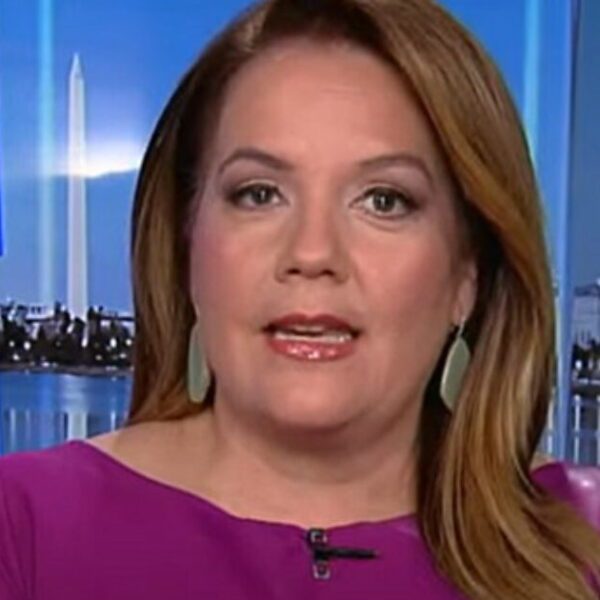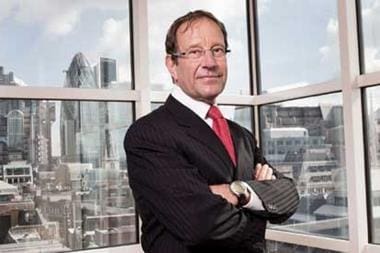
- In office since February, Joe Fadool unwinds one of his predecessor’s strategic bets, arguing BorgWarner cannot scale the business under the current conditions in order to meet its minimum 15% ROIC target. Closing down the operations this quarter will save it a projected $45 million in cumulative operating losses across this year and next.
BorgWarner’s new CEO Joe Fadool already took his first major strategic decision, closing its electric vehicle charging business he inherited from his predecessor.
Following an analysis of the current market conditions and midterm financial outlook, Fadool said his executive team reached the conclusion that the best option was to pull the plug, saving it $45 million in cumulative operating losses across this year and next.
“We made the difficult decision to exit our charging business. Ultimately we did not see this business creating shareholder value within our planning horizon,” he told investors during his first earnings call since taking over as CEO from Frédéric Lissalde in February.
The automotive parts supplier offers a portfolio of powertrain components businesses across passenger cars and commercial vehicles, actively managed based around a 15% targeted return on invested capital.
Under Fadool’s predecessor Lissalde, BorgWarner sought to broaden its so-called “Foundational Business” beyond the confines of combustion engines, where it supplies everything from dual clutch transmissions (DCTs) for better fuel efficiency and performance to exhaust gas recirculation (EGR) systems that reduce harmful tailpipe pollutants.
China business booming amid demand for EV components
With the purchase of Rhombus Energy Solutions in the United States and Hubei Surpass Sun Electric in China—two out of five acquisitions made since Lissalde unveiled a new corporate strategy in 2021—BorgWarner wanted to tap into expected demand for EV infrastructure.
“Unfortunately the charging market is not growing as anticipated in both North America and Europe,” Fadool told investors. “The market also remains highly competitive and disaggregated.”
As a result, management felt it would not be able to scale the business in a timely enough fashion that would enable that business to reach its minimum 15% target for ROIC. Already in the current second quarter then, BorgWarner plans to complete the shutdown or sale of five locations across three regions.
The decision comes as 17 states are suing the Trump administration for withholding billions of dollars for building more electric vehicle chargers, according to a federal lawsuit announced Wednesday.
This doesn’t mean BorgWarner is taking a dimmer view of electrification overall, as EVs and plug-in hybrids are booming in China. Management believes products like its dual inverters, a component in power electronics, positions it to grow volumes particularly among the ranks of up-and-coming Chinese domestic brands.
Cautious downward revision of North American industry outlook
“We feel really good about our growth in general,” said Fadool, citing in particular China and the positive feedback he received while visiting clients at last month’s Shanghai auto show.
By comparison, BorgWarner was much more subdued about the outlook for the broader North American industry.
Whereas it previously foresaw a 3%-4% decline in annual vehicle production in the region, management has now revised these estimates to contraction of 7%-12% due to President Trump’s tariffs.
Execs did however add this reduction in its industry forecast wasn’t necessarily due to concrete evidence it had seen. So far there was nothing in the order book at present that would suggest a drop so steep.
Instead Fadool and finance chief Craig Aaron cited the uncertainty around the tariff environment, and opted to pencil in a conservative guidance to anticipate changes as tariffs begin to bite in the coming months.
This story was originally featured on Fortune.com















